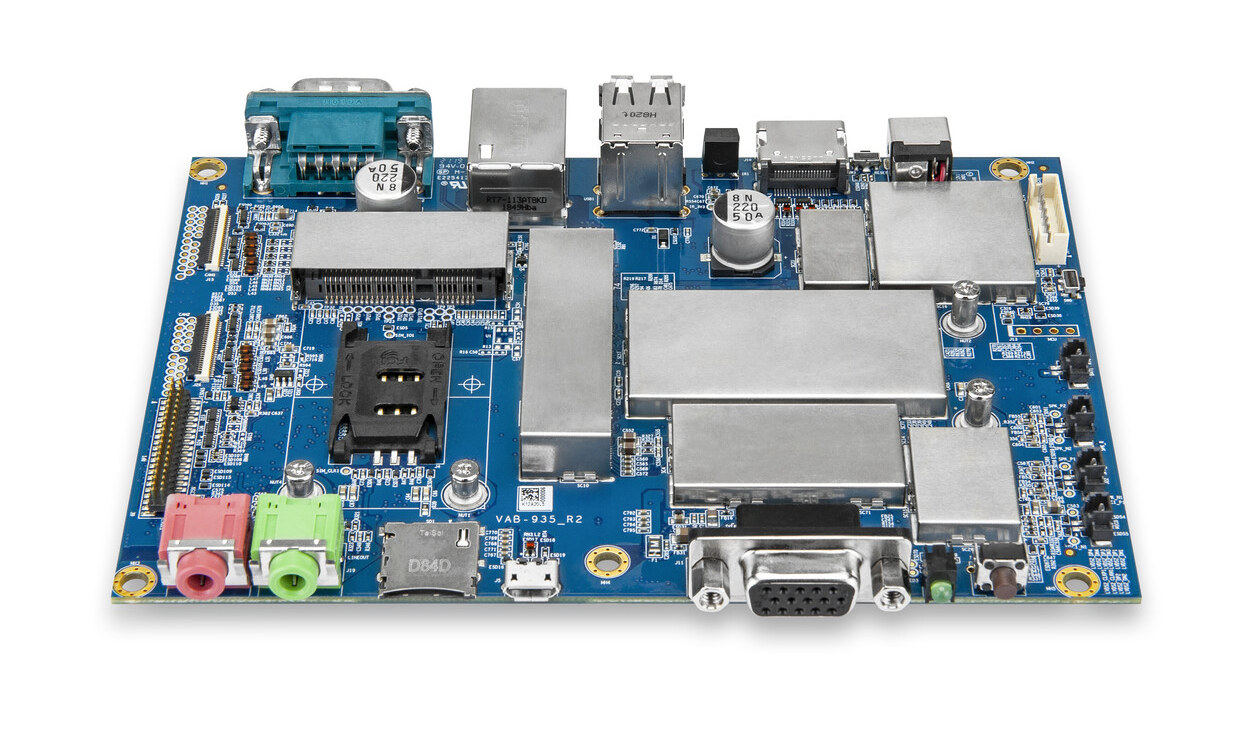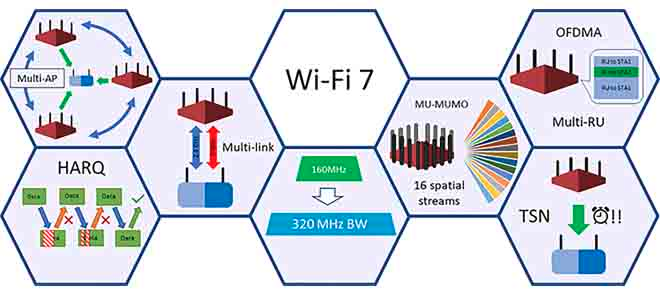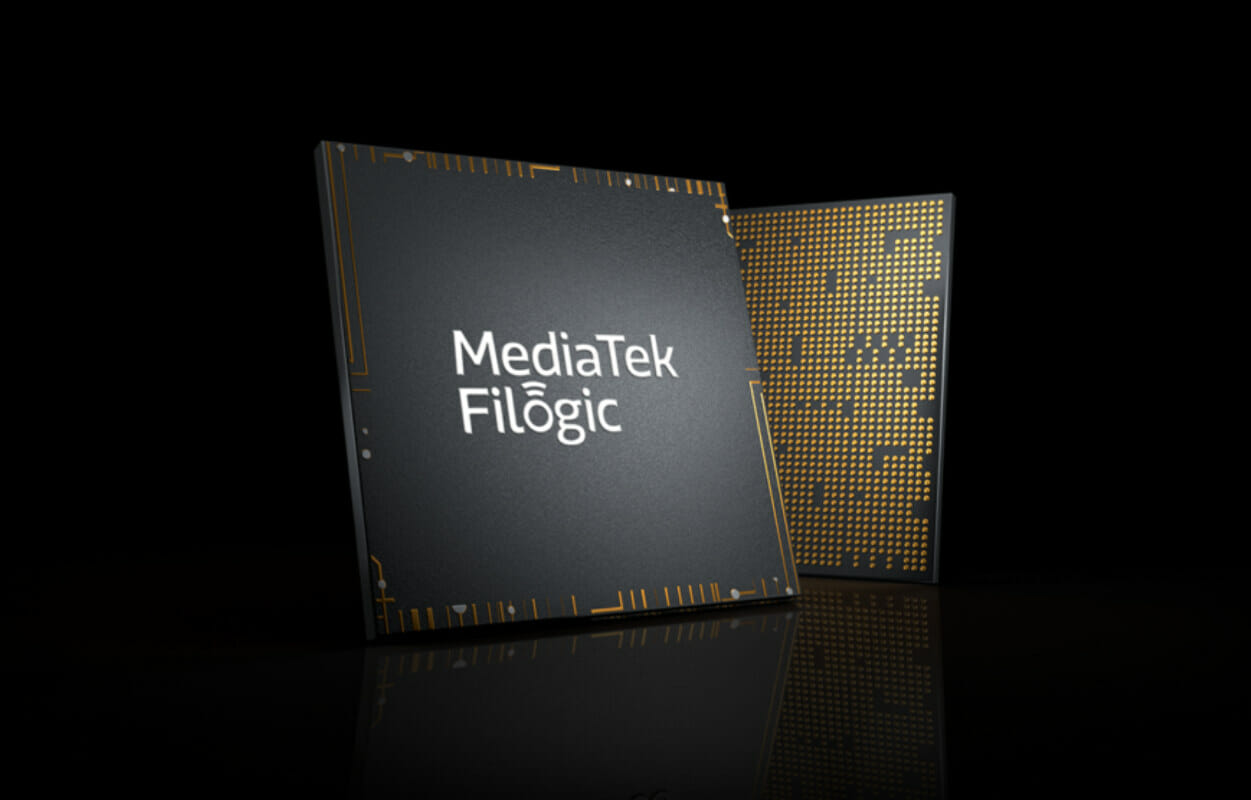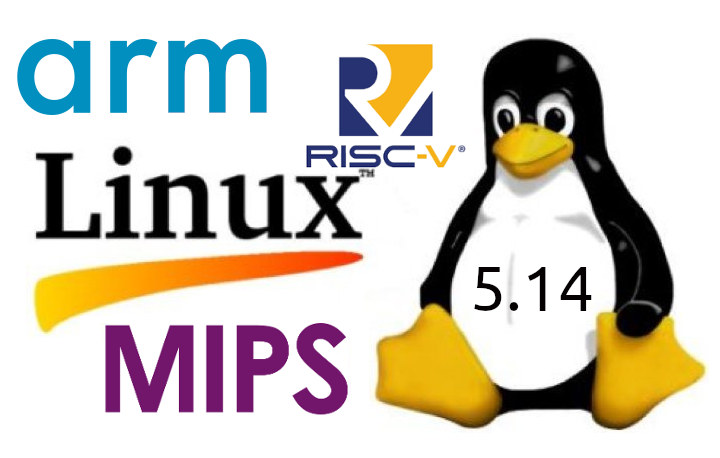Linus Torvalds has just released Linux 5.17: So we had an extra week of at the end of this release cycle, and I’m happy to report that it was very calm indeed. We could probably have skipped it with not a lot of downside, but we did get a few last-minute reverts and fixes in and avoid some brown-paper bugs that would otherwise have been stable fodder, so it’s all good. And that calm last week can very much be seen from the appended shortlog – there really aren’t a lot of commits in here, and it’s all pretty small. Most of it is in drivers (net, usb, drm), with some core networking, and some tooling updates too. It really is small enough that you can just scroll through the details below, and the one-liner summaries will give a good flavor of what happened last week. Of course, this means […]
VIA SOM-9X35 Starter Kit features MediaTek i350 Arm processor for edge AI devices
VIA has just introduced the SOM-9X35 Starter Kit based on MediaTek i350 quad-core Cortex-A53 processor with AI accelerator and HiFi4 DSP designed for Edge AI devices in the retail, commercial, and industrial sectors. The kit is comprised of the SOM-9X35 module with MediaTek i350 SoC, up to 4GB RAM, 16GB eMMC flash, and WiFI 5 + Bluetooth 5.0 wireless module, as well as the VIA VAB-935 3.5-inch carrier board, a 7-inch 1024×600 touch panel display, a 13MP camera module, two speakers and microphone, and accompanying accessories. VIA SOM-9X35 Starter Kit specifications: SOM-9X35 System-on-Module SoC – MediaTek i350 (MT8365) quad-core Arm Cortex-A53 processor @ up to 2.0 GHz, Arm Mali-G52 MC1 up to 800Mhz with support for OpenGL ES, OpenCL, and Vulkan APIs, MediaTek APU 1.0 AI Processor up to 500MHz (285 GMACs), HiFi4 DSP System Memory – 2GB LPDDR4 SDRAM (1GB/4GB optional) Storage – 16GB eMMC flash Connectivity – MediaTek […]
WiFi 7 (802.11be) will support up to 40 Gbps links, real-time applications
I still don’t own a WiFi 6 router, but MediaTek has already started to demonstrate WiFi 7 (802.11be) to customers with solutions based on upcoming Filogic 802.11be processors which deliver “super-fast speeds and low latency transmission” and provide a “true wireline/Ethernet replacement for super high-bandwidth applications”. The company goes on to explain that Wi-Fi 7 relies on the same 2.4GHz, 5GHz, and 6GHz frequencies as WiFi 6/6E, but can still provide 2.4x higher speeds than Wi-Fi 6, even with the same number of antennas, since WiFi 7 can utilize 320Mhz channels and support 4K QAM (quadrature amplitude modulation) technology. There’s limited information about MediaTek Filogic 802.11be WiFi 7 processors since it will take a few more years before becoming available, but we can find more details in a document entitled “Current Status and Directions of IEEE 802.11be, the Future Wi-Fi 7” from IEEE Xplore. Here are some of the […]
Linux 5.16 Release – Main Changes, Arm, RISC-V and MIPS architectures
Linus Torvalds has just announced the release of Linux 5.16: Not a lot here since -rc8, which is not unexpected. We had that extra week due to the holidays, and it’s not like we had lots of last-minute things that needed to be sorted out. So this mainly contains some driver fixes (mainly networking and rdma), a cgroup credential use fix, a few core networking fixes, a couple of last-minute reverts, and some other random noise. The appended shortlog is so small that you might as well scroll through it. This obviously means that the merge window for 5.17 opens tomorrow, and I’m happy to say I already have several pending early pull requests. I wish I had even more, because this merge window is going to be somewhat painful due to unfortunate travel for family reasons. So I’ll be doing most of it on the road on a laptop […]
$55 Amazon Fire TV Stick 4K Max supports 4K AV1 videos, Wi-Fi 6
Amazon will release new Fire TV Sticks from time to time, and most are only mildly interesting, but the Amazon Fire TV Stick TV 4K Max brings two new interesting features with 4K AV1 video playback, as well as Wi-Fi 6 connectivity which should prevent buffering for higher bitrate 4K videos. The new device builds upon the MediaTek MT8695 based Amazon Fire TV Stick 4K released in 2018, with a more powerful MediaTek MT8696 processor clocked at 1.8 GHz, more memory (2GB vs 1.5 GB), and the same 8GB of storage for the Android 9 based Amazon Fire 7 OS. Amazon claims the new stick is 40% faster, despite a frequency bump from 1.7 GHz to 1.8 GHz only, and MT8696 relies on Cortex-A73 cores Cortex-A55 cores (See comments), instead of the Cortex-A53 cores found in MediaTek MT8695, so the performance improvement probably refers to the faster GPU. Amazon Fire […]
MediaTek unveils Filogic 830 & Filogic 630 WiFi 6/6E chips
MediaTek has recently introduced the Filogic connectivity family with two parts, namely the Filogic 830 Wi-Fi 6/6E system-on-chip (SoC), and the Filogic 630 Wi-Fi 6E network interface card (NIC) solutions. The WiFi 6/6E tri-band (2.4, 5, and 6 GHz) chips are Wi-Fi Alliance EasyMesh certified, and designed for home, business, and enterprise router and repeater devices, home automation bridges, IoT gateways, as well as consumer devices such as laptops, TVs, IP cameras, etc… The MediaTek Filogic 830 is a complete 12nm SoC with a quad-core Cortex-A53 processor clocked at up to 2 GHz per core delivering over 18,000 DMIPs, hardware acceleration engines for Wi-Fi offloading and networking, dual 4×4 Wi-Fi 6/6E for up to 6Gbps connectivity, two 2.5Gbps Ethernet interfaces, and various other peripheral interfaces, but MediaTek did not provide any details about those. The company also says the chip includes FastPath low latency technology for gaming and AR/VR applications. […]
Linux 5.14 Release – Main changes, Arm, MIPS, and RISC-V architectures
Linus Torvalds has just announced Linux 5.14 release which happens to almost coincide with the anniversary of the initial announcement of the “small” project on August 25, 1991, about 30 years ago. Here’s Linux 5.14’s announcement: So I realize you must all still be busy with all the galas and fancy balls and all the other 30th anniversary events, but at some point you must be getting tired of the constant glitz, the fireworks, and the champagne. That ball gown or tailcoat isn’t the most comfortable thing, either. The celebrations will go on for a few more weeks yet, but you all may just need a breather from them. And when that happens, I have just the thing for you – a new kernel release to test and enjoy. Because 5.14 is out there, just waiting for you to kick the tires and remind yourself what all the festivities are […]
Linux 5.11 Release – Main Changes, Arm, MIPS & RISC-V Architectures
Linus Torvalds has released Linux 5.11 just in time for… “Valentine’s Day”: Nothing unexpected or particularly scary happened this week, so here we are – with 5.11 tagged and pushed out. In fact, it’s a smaller-than-average set of commits from rc7 to final, which makes me happy. And I already have several pull requests lined up for tomorrow, so we’re all set for the merge window to start. But in the meantime – and yes, I know it’s Valentine’s Day here in the US – maybe give this release a good testing before you go back and play with development kernels. All right? Because I’m sure your SO will understand. Linus Last time around, Linux 5.10 was an LTS release that added EXT-4 performance enhancements, improved post-Spectre performance, as well as the enablement of BCM2711 (Raspberry Pi 4) display pipeline, among other many changes. Some of the notable changes in […]










